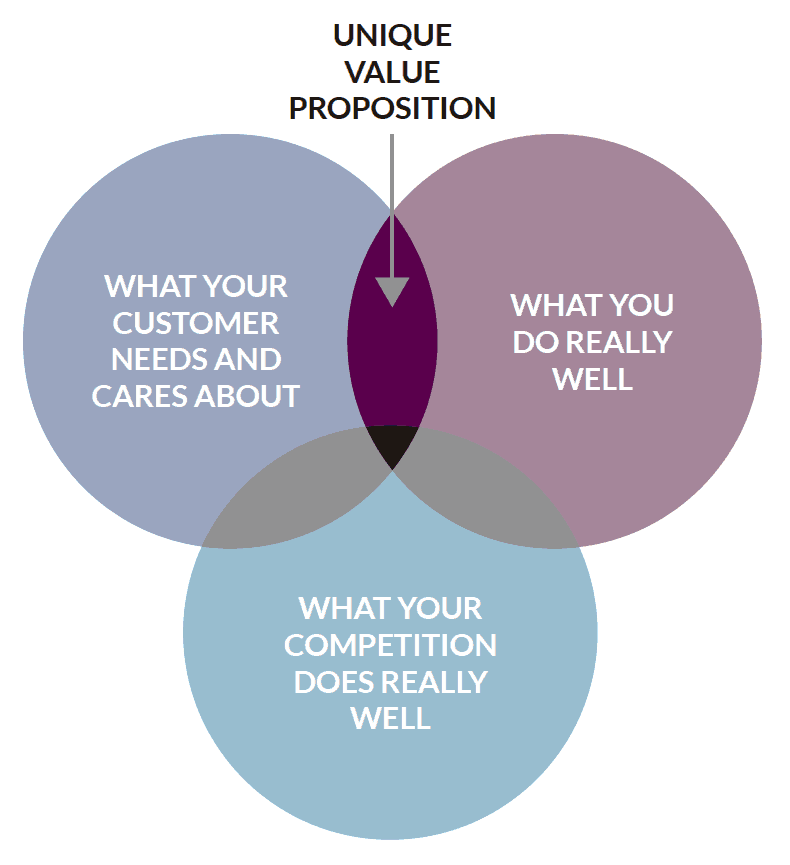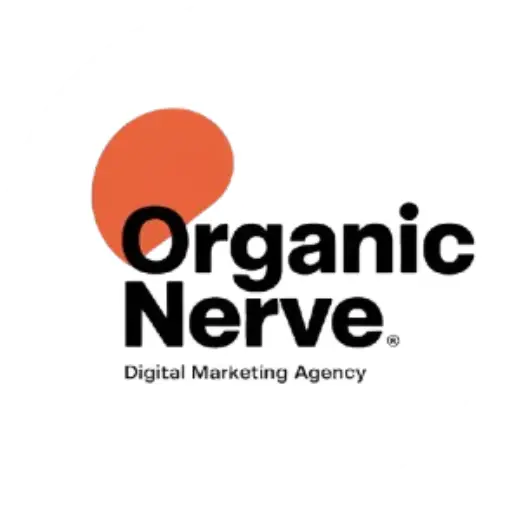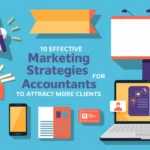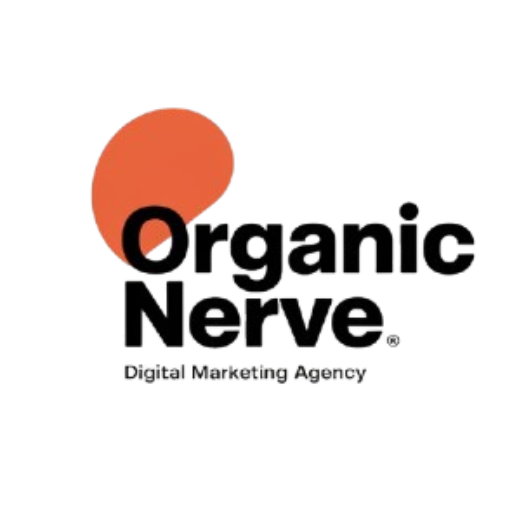Are you experiencing a drop in leads or wondering why your website isn’t converting visitors into sales? It can be frustrating, especially when you’ve invested time and money into creating a great-looking site. If your leads are declining, it’s crucial to understand the underlying issues and fix them quickly.
In this blog, we’ll explore 7 key reasons your website isn’t converting sales and provide actionable strategies to help you boost your conversions. Let’s dive in!
1. Poor User Experience (UX)

Key issues contributing to poor UX:
- Slow page loading times
- Confusing or cluttered navigation
- Too many pop-ups or distractions
- Not optimized for mobile devices
How to fix it:
- Optimize your website’s load speed by compressing images and utilizing browser caching.
- Streamline navigation with clear menus and headings.
- Ensure your website is mobile-responsive by testing it across different devices.
- Limit the use of intrusive pop-ups and only display them when necessary.
2. Unclear Call-to-Action (CTA)
Your call-to-action (CTA) buttons are the driving force behind getting visitors to take action. If these are vague or hidden, it’s unlikely that users will convert.

Common mistakes:
- CTA buttons buried in long text
- Generic CTAs like “Click Here” or “Submit”
- Inconsistent CTAs across pages
How to fix it:
- Make CTAs stand out with bold, contrasting colors and larger fonts.
- Use clear, action-oriented phrases like “Get Your Free Quote” or “Start Your Free Trial.”
- Place CTAs prominently on every page, especially above the fold, where they’re immediately visible.
3. Lack of Trust Signals
Trust is an essential part of any online transaction. If visitors don’t feel that your website is secure or credible, they’re unlikely to provide personal information or make a purchase.

Common reasons for lack of trust:
- No SSL certificate (HTTPS)
- Missing contact information or business address
- Lack of reviews or testimonials
How to fix it:
- Install an SSL certificate to ensure your website is secure.
- Add clear contact information, including a business address and phone number.
- Include customer testimonials, case studies, and trust badges (like security certificates) to reassure visitors of your credibility.
4. Low-Quality Content
Your website’s content plays a critical role in converting leads. If the content is unengaging, lacks clarity, or is irrelevant to your audience, it will fail to keep visitors interested.

Common content mistakes:
- Outdated information or poor grammar
- Content that doesn’t solve the user’s problem
- Overly technical jargon
How to fix it:
- Ensure your content is well-written, concise, and relevant to your audience.
- Use a friendly, conversational tone that speaks directly to your readers.
- Regularly update content to keep it fresh and useful.
- Include visuals, such as images, videos, or infographics, to make your content more engaging.
5. Not Optimized for SEO
If your website isn’t optimized for search engines, it’s likely that your target audience isn’t finding your website in the first place. Poor SEO can reduce your website traffic, leading to fewer leads.

Common SEO issues:
- Outdated information or poor grammar
- Content that doesn’t solve the user’s problem
- Overly technical jargon
How to fix it:
- Conduct keyword research and optimize your website with relevant, high-ranking keywords.
- Ensure all pages have SEO-friendly titles, meta descriptions, and image alt text.
- Build a solid internal linking structure to guide visitors and search engines through your site.
- Use tools like Yoast SEO to ensure your content meets SEO guidelines.
6. No Clear Value Proposition
A value proposition tells your visitors why they should choose your product or service over your competitors. If this isn’t clear, users may leave without converting.

Common value proposition mistakes:
- Lack of differentiation from competitors
- Focusing too much on features rather than benefits
- Failing to highlight your unique selling points (USPs)
How to fix it:
- Clearly state what sets you apart from the competition. Focus on the benefits your product or service provides.
- Use headlines and subheadings to highlight your value proposition across your website.
- Incorporate customer success stories and data to back up your claims.
7. Ineffective Lead Capture Forms
Your lead capture forms are the gateway to collecting customer information, but if they’re too long or complicated, they can deter visitors from filling them out.

Common lead form mistakes:
- Asking for too much information upfront
- Forms that are not mobile-friendly
- Lack of clarity on what the user will receive in return
How to fix it:
- Simplify your lead forms by only asking for essential information.
- Ensure your forms are mobile-optimized and easy to fill out on any device.
- Offer a clear incentive for users to complete the form, such as a free eBook, demo, or consultation.
Bonus Tip: Use Analytics to Track and Improve Conversions
Tracking your website’s performance using tools like Google Analytics can help you identify problem areas and improve conversion rates. Pay attention to key metrics such as:
- Bounce rate: The percentage of visitors who leave your site after viewing only one page.
- Conversion rate: The percentage of visitors who complete a desired action (such as filling out a form or making a purchase).
- Session duration: How long visitors stay on your website.
By analyzing this data, you can pinpoint where your site is losing leads and make data-driven decisions to improve your user experience and conversion rate.
Conclusion
A drop in leads can be disheartening, but by addressing these key reasons, you can get your website back on track and converting again. Start by analyzing your user experience, optimizing your content, and ensuring your website is secure and trustworthy. Implement clear CTAs, and refine your SEO strategy to attract the right visitors. With these strategies in place, your website can become a powerful lead-generating tool for your business.
By making these changes, you’ll not only improve your conversions but also provide a better experience for your visitors—turning them into loyal customers.
Take action today, and watch your website start generating more leads and sales!








